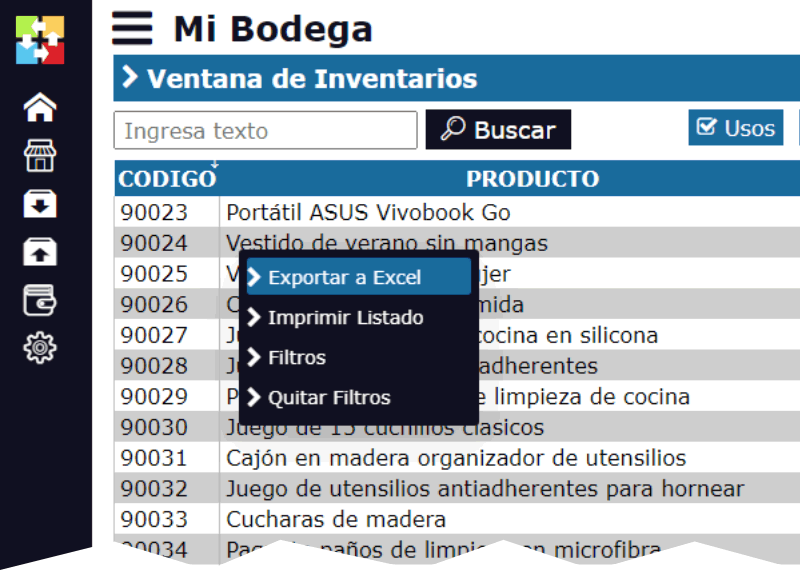Inventories in companies with high-rotation and low-margin products: Control strategies.
Inventory Management in Companies with High-Turnover and Low-Margin Products: Control Strategies
In the business world, inventory management is a crucial aspect for any company that wants to maintain a competitive edge in the market. However, when it comes to high-turnover and low-margin products, inventory management becomes even more complex. In this article, we will explore the control strategies that can help companies manage their inventories effectively in this type of environment.

What are High-Turnover and Low-Margin Products?
High-turnover products refer to those that sell quickly and have a short life cycle. These products are usually mass-consumed and have a high demand in the market. On the other hand, low-margin products are those that have a low profit margin, i.e., the difference between the selling price and the production cost is small.
Some examples of high-turnover and low-margin products are:
- Food and beverages
- Cleaning and personal care products
- Office supplies and stationery
- Consumer electronics
Challenges in Managing Inventories of High-Turnover and Low-Margin Products
Managing inventories of high-turnover and low-margin products presents several challenges, including:
- Rapid inventory turnover: Due to high demand and the short life cycle of these products, inventories must be constantly replenished to avoid stockouts.
- Low profit margin: The low profitability of these products means that any errors in inventory management can have a significant impact on the company's profitability.
- Storage and handling costs: High-turnover and low-margin products usually require efficient storage and handling to minimize costs and maximize productivity.
Control Strategies for Managing Inventories of High-Turnover and Low-Margin Products
Below are some control strategies that can help companies manage their inventories effectively in this type of environment:
1. Demand and Supply Analysis
It is essential to conduct a detailed analysis of demand and supply to determine the optimal inventory level to maintain. This can include using data analysis tools and forecasting techniques to predict future demand.
2. Implementation of an Inventory Management System
An inventory management system can help companies track and control their inventories efficiently. This can include implementing a barcode system, a warehouse management system, and an inventory tracking system.
3. Use of Just-in-Time Replenishment Techniques
Just-in-time replenishment techniques can help companies minimize storage and handling costs by replenishing inventories only when necessary.
4. Implementation of an Inventory Rotation Program
An inventory rotation program can help companies ensure that older products are sold before they become obsolete or deteriorate.
5. Continuous Monitoring and Adjustment
It is essential to continuously monitor and adjust inventory management to ensure that the company's objectives are being met. This can include reviewing inventory reports, identifying areas for improvement, and implementing changes to optimize inventory management.
In conclusion, managing inventories of high-turnover and low-margin products requires a careful and well-planned strategy. By implementing the control strategies mentioned above, companies can minimize costs, maximize productivity, and maintain a competitive edge in the market.





